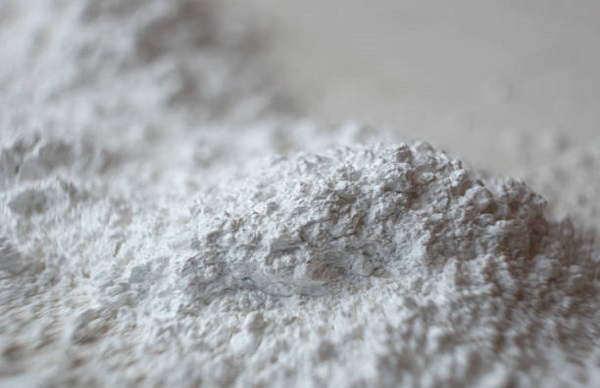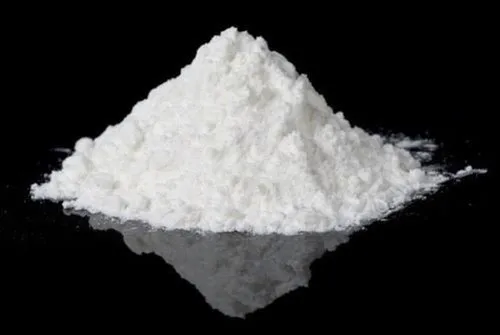
How to Identify Calcium carbonate
October 8, 2024
How to test for calcium carbonate
October 8, 2024Separating Calcium Carbonate Powder Suppliers and Sodium Chloride (NaCl) Separating calcium carbonate and sodium chloride (NaCl) is a fundamental process in chemistry and materials science, particularly in industries where both compounds are present. Understanding how to effectively isolate these substances is crucial for applications ranging from environmental science to industrial manufacturing. Below, we explore the methods to separate these compounds, focusing on their physical and chemical properties, and practical techniques.
Understanding Calcium Carbonate and Sodium Chloride</h3 >
Before diving into the separation methods, it's essential to understand the properties of calcium carbonate and sodium chloride.
- Calcium Carbonate is a white, insoluble solid that occurs naturally in limestone, marble, and chalk. It is widely used in various industries, including construction, pharmaceuticals, and food production.
- Sodium Chloride, commonly known as table salt, is a white, crystalline substance that is highly soluble in water. It is primarily used for seasoning and preserving food but also plays a significant role in industrial processes.
Methods for Separation
There are several methods for separating calcium carbonate and sodium chloride, including:
Filtration Method
This is one of the simplest methods to separate calcium carbonate from sodium chloride, leveraging their differences in solubility. Here’s how to perform this method:
- Preparation: Begin by mixing the powdered calcium carbonate with water. Sodium chloride will dissolve while calcium carbonate will remain as a solid.
- Filtration: Use a filter paper or a sieve to separate the solid calcium carbonate from the salt solution. The liquid that passes through will contain the dissolved sodium chloride.
- Evaporation: To recover sodium chloride, heat the solution until the water evaporates, leaving behind the crystallized salt.
Centrifugation
Centrifugation can also be an effective method for separating these compounds, especially if they are in a suspension.
- Mixing: Combine the solid calcium carbonate with water and stir well to create a homogeneous mixture.
- Centrifugation: Place the mixture in a centrifuge. The centrifugal force will cause the denser calcium carbonate particles to settle at the bottom, forming a sediment.
- Decantation: Carefully pour off the liquid, which will contain the dissolved sodium chloride. The sediment can then be collected and dried.
Selective Precipitation
This method exploits the solubility differences between calcium carbonate and sodium chloride by using chemical reactions.
- Reagents: Add a soluble sulfate salt (like sodium sulfate) to the solution. The calcium ions will react with the sulfate to form calcium sulfate, which is less soluble than calcium carbonate.
- Precipitation: The calcium sulfate will precipitate out of the solution, allowing the remaining sodium chloride to stay dissolved.
- Filtration: Filter the mixture to separate the precipitated calcium sulfate from the sodium chloride solution.
Thermal Decomposition
This method involves heating to separate the two compounds based on their thermal properties.
- Heating: When calcium carbonate is heated, it decomposes into calcium oxide (CaO) and carbon dioxide (CO₂). This reaction is known as calcination.
- Separation: The sodium chloride will remain intact, allowing for the separation of the two substances. After heating, the calcium oxide can be treated with water to regenerate calcium carbonate if needed.
Considerations for Separation
When choosing a method for separating calcium carbonate and sodium chloride, consider the following factors:
- Purity Requirements: Depending on the application, the required purity of the separated compounds may influence the choice of method. Filtration and centrifugation typically yield high-purity products.
- Cost and Equipment: Some methods may require specialized equipment (e.g., centrifuges) or reagents that could increase costs. Evaluate the feasibility based on available resources.
- Scale of Operation: For small-scale laboratory settings, simpler methods like filtration may be more appropriate, while industrial applications may benefit from more efficient techniques such as centrifugation or selective precipitation.
Conclusion
Separating calcium carbonate from sodium chloride is a straightforward process that can be accomplished through various methods, including filtration, centrifugation, selective precipitation, and thermal decomposition. The choice of method depends on the specific requirements for purity, cost, and available equipment.
In industries that require the precise separation of these compounds, employing effective techniques is crucial. By understanding the properties and behavior of calcium carbonate and sodium chloride, you can ensure a successful separation process. For high-quality calcium carbonate and sodium chloride products, consider working with experienced suppliers who can meet your business needs effectively. Sudarshan Group is committed to providing reliable materials and solutions for all your separation and processing requirements.



